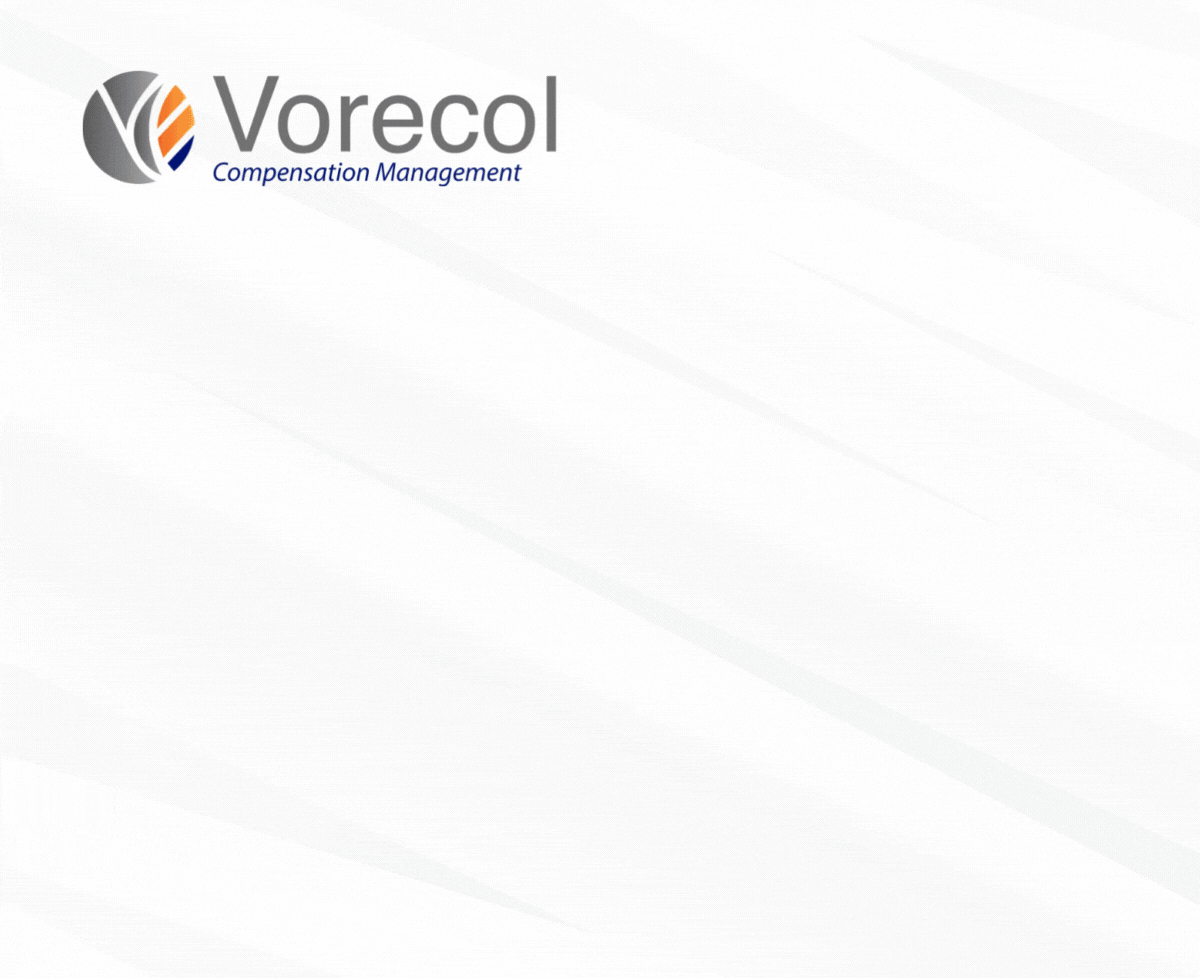Best Practices for Implementing and Sustaining Effective Reward Programs in Remote Work Environments

- 1. Understanding the Importance of Reward Programs in Remote Work
- 2. Key Factors for Designing Effective Reward Structures
- 3. Strategies for Communicating Reward Programs to Remote Teams
- 4. Tailoring Rewards to Meet Diverse Employee Needs
- 5. Monitoring and Measuring the Impact of Reward Programs
- 6. Overcoming Challenges in Remote Reward Implementation
- 7. Sustaining Engagement and Motivation Through Continuous Feedback
- Final Conclusions
1. Understanding the Importance of Reward Programs in Remote Work
In a world where remote work has become the norm, many companies are discovering the transformative power of reward programs. Take the case of Microsoft, for instance, which implemented a recognition program that highlights employee contributions every quarter. As a result, they observed a 20% increase in employee satisfaction and engagement scores, while productivity surged by 30%. This shift not only fostered a sense of belonging among remote employees but also encouraged them to participate more actively in team projects. Organizations seeking to replicate this success should consider offering personalized rewards that resonate with their team members, whether through training opportunities, wellness programs, or virtual team-building activities. Such initiatives can bridge the gaps created by distance and remind employees that their hard work is appreciated.
Conversely, consider the experience of Buffer, a fully remote company that has mastered the art of cultivating a thriving workplace culture through their reward strategies. They implemented a system where employees could nominate their peers for monthly recognition, effectively creating a positive feedback loop. This initiative led to a notable increase in team morale, and Buffer reported a 40% improvement in overall job satisfaction. To enhance the effectiveness of reward programs, companies should focus on inclusivity and transparency. Conducting regular surveys can provide insights into what employees value most, ensuring that the rewards system evolves with their expectations. This approach not only holds the potential to enhance motivation but also nurtures a loyal and productive remote workforce.
2. Key Factors for Designing Effective Reward Structures
When designing effective reward structures, organizations like Microsoft and Zappos have showcased the importance of aligning incentives with company values and employee goals. For instance, Zappos has created a culture where rewards are not solely monetary; they celebrate employees who embody their core values through recognition programs that spotlight exceptional service. This has led to an impressive employee engagement score, with nearly 90% of their workforce feeling valued and recognized. Similarly, Microsoft has shifted from traditional performance reviews to a more dynamic feedback system, emphasizing ongoing conversations. This transition has resulted in a rediscovery of employee motivation, showcasing that understanding individual aspirations is key to fostering a thriving work environment.
One of the critical factors in crafting compelling reward structures is the integration of personalized incentives and flexibility. Companies like Salesforce have recognized that one size does not fit all; they've implemented a program titled “Ohana Culture,” where employees can choose their own reward types, such as extra vacation days or learning opportunities. This customization has been linked to a 24% increase in employee satisfaction. As a recommendation, organizations should conduct surveys or focus groups to truly understand their team’s desires and expectations. By championing a culture where employees feel heard and rewarded according to their unique contributions, businesses can significantly boost retention and performance metrics.
3. Strategies for Communicating Reward Programs to Remote Teams
In a world where remote work has become the norm, communicating reward programs effectively is crucial for employee engagement. Take the case of HubSpot, which implemented a transparent rewards program that fosters a sense of belonging among its remote employees. During a quarterly all-hands meeting, they introduced storytelling as a core strategy, sharing real stories from team members who benefitted from the program. This approach did not just highlight tangible rewards; it connected emotionally with the audience, showing how recognition impacts personal and professional lives. Studies reveal that organizations that actively communicate their reward programs show a 23% increase in employee satisfaction and retention.
Similarly, Buffer, the social media management platform, recognizes that remote teams thrive on consistent communication. Their solution was to create engaging visual content that illustrates the benefits of their reward system. For example, they launched an animated explainer video featuring actual employee testimonials intertwined with metrics demonstrating the program's success. By presenting rewards in relatable storytelling formats, Buffer found that 75% of staff felt more connected to their work and motivated to perform better. For organizations looking to optimize their own communication strategies, incorporating personal stories, visual aids, and regular feedback can turn an otherwise dry presentation into a compelling narrative that drives engagement.
4. Tailoring Rewards to Meet Diverse Employee Needs
At Salesforce, a renowned cloud solutions company, leaders understood early on the necessity of tailoring rewards to fit the diverse needs of their employees. In a bold move in 2021, they introduced a flexible benefits program allowing employees to choose from an array of compensation options, from wellness stipends to professional development funds. This initiative emerged from their recognition that a one-size-fits-all approach often led to disengagement, particularly for team members from varied backgrounds and life stages. According to a study conducted by McKinsey, companies with more diverse workforces are 15% more likely to outperform their counterparts, underscoring the importance of considering employee diversity in reward structures.
Similarly, Unilever implemented its unique "Choices Program," allowing employees across 190 countries to select benefits that resonate with their individual life circumstances. During the pandemic, they expanded this initiative to include mental health resources and flexible work hours, acknowledging the myriad challenges employees faced. Unilever saw a 25% increase in employee satisfaction metrics following this change. Organizations navigating similar challenges should adopt a consultative approach, engaging employees through surveys or focus groups to understand their needs better. This not only fosters a sense of belonging but also drives performance by aligning rewards with what genuinely motivates team members.
5. Monitoring and Measuring the Impact of Reward Programs
In 2018, Starbucks launched its new rewards program, aiming to elevate customer engagement. However, after several months, the company noticed a decrease in the overall retention rate. By diving into data analytics, they discovered that customers were feeling overwhelmed by the proliferation of rewards options and that the program no longer aligned with their preferences. Starbucks responded by simplifying the program and creating more tailored rewards, resulting in a remarkable 30% increase in loyalty program sign-ups over the following year. This example highlights the importance of continually monitoring and adjusting reward programs to align with customer expectations. For businesses facing similar challenges, establishing a regular review cycle where customer feedback and program performance metrics are analyzed can be invaluable.
Take the case of Sephora, which transformed its Beauty Insider program into a personalized experience after extensive monitoring of member behavior. By employing techniques such as A/B testing and member surveys, Sephora identified which rewards resonated most with customers. As a result, they enhanced their tiered structure, allowing for more exclusivity and personalized perks. This strategic overhaul led to increased customer engagement, with a stellar 17% rise in spending among Beauty Insider members. For companies looking to elevate their reward programs, utilizing these tactics, such as tracking engagement through digital touchpoints and conducting regular audits, can facilitate data-driven decisions that lead to improved program outcomes and heightened customer satisfaction.
6. Overcoming Challenges in Remote Reward Implementation
In 2020, as the world transitioned to remote work en masse, many organizations faced significant hurdles in implementing effective reward systems. Take the case of Buffer, a social media management platform that, despite being a fully remote company, struggled initially with employee engagement as their usual reward strategies fell flat in a virtual environment. Buffer pivoted by introducing a "praise" system, where employees could commend their peers publicly in a dedicated channel, leading to a 30% increase in employee satisfaction. This approach not only fostered a sense of camaraderie but also kept the team motivated and recognized, even from their separate home offices. Organizations can learn from Buffer's experience: creating a culture of appreciation, where employees celebrate one another, can fill the gaps left by traditional reward systems.
Similarly, Zapier, a fully remote company known for its automation software, faced challenges in maintaining team cohesion and recognition. They realized that monetary rewards didn’t resonate in the same way as meaningful recognition, leading them to establish a "Zapper of the Month" initiative. This program highlighted individual achievements, providing personalized shout-outs during their all-hands meetings. The result? A remarkable 40% increase in employee engagement scores over six months. For companies navigating remote reward implementation, the key takeaway is to move beyond financial incentives and focus on creating personal, engaging methods of appreciation. Utilizing technology and fostering a culture of recognition can significantly enhance morale and strengthen team dynamics, regardless of physical distance.
7. Sustaining Engagement and Motivation Through Continuous Feedback
In a bustling tech startup, ByteWave, the team faced a common challenge: dwindling motivation among its employees. Recognizing that the traditional annual review was insufficient, the leadership implemented a continuous feedback system. Monthly check-ins became the norm, where employees received real-time insights on their performance and contributions. This shift not only elevated engagement but also resulted in a remarkable 30% increase in employee satisfaction over six months. Similar stories can be found at Salesforce, where their "Ohana Culture" emphasizes ongoing feedback. Employees are encouraged to share constructive thoughts regularly, resulting in a 37% boost in productivity. For those in similar situations, consider taking a page from these companies: establish a culture of open dialogue where feedback flows freely and frequently.
Take the case of the global retailer, Zappos, which has long championed the importance of continuous feedback in nurturing a motivated workforce. When employees feel their voices are heard through regular feedback loops, their commitment to the company grows exponentially. Zappos introduced weekly team meetings where constructive critiques and accolades alike are exchanged, fostering a sense of belonging and purpose. As a result, their employee turnover rate is among the lowest in the industry. For organizations keen to replicate this success, it’s crucial to prioritize consistent, constructive feedback mechanisms. Encourage your team to engage in regular discussions about individual goals and challenges, creating an environment where every member feels valued and motivated to contribute their best work.
Final Conclusions
In conclusion, implementing and sustaining effective reward programs in remote work environments requires a thoughtful approach that prioritizes employee engagement and recognition. By aligning rewards with the values and goals of the organization, companies can create a sense of belonging and purpose among remote teams. Utilizing technology to facilitate seamless communication and feedback loops ensures that employees feel valued even from a distance. Furthermore, regular assessments and adjustments to the reward program can help maintain its relevance and effectiveness, thereby fostering a culture of continuous improvement.
Moreover, cultivating a diverse array of reward options—ranging from monetary incentives to personalized recognition—can address the varied preferences of remote workers, enhancing overall satisfaction and productivity. Encouraging peer-to-peer recognition also promotes a supportive community that transcends geographical boundaries. As organizations navigate the complexities of remote work, embracing these best practices not only helps retain top talent but also drives long-term organizational success. By investing in robust reward programs, companies can harness the potential of a motivated and committed workforce, even in a virtual landscape.
Publication Date: August 28, 2024
Author: Psicosmart Editorial Team.
Note: This article was generated with the assistance of artificial intelligence, under the supervision and editing of our editorial team.
Leave your comment
Comments
Request for information



